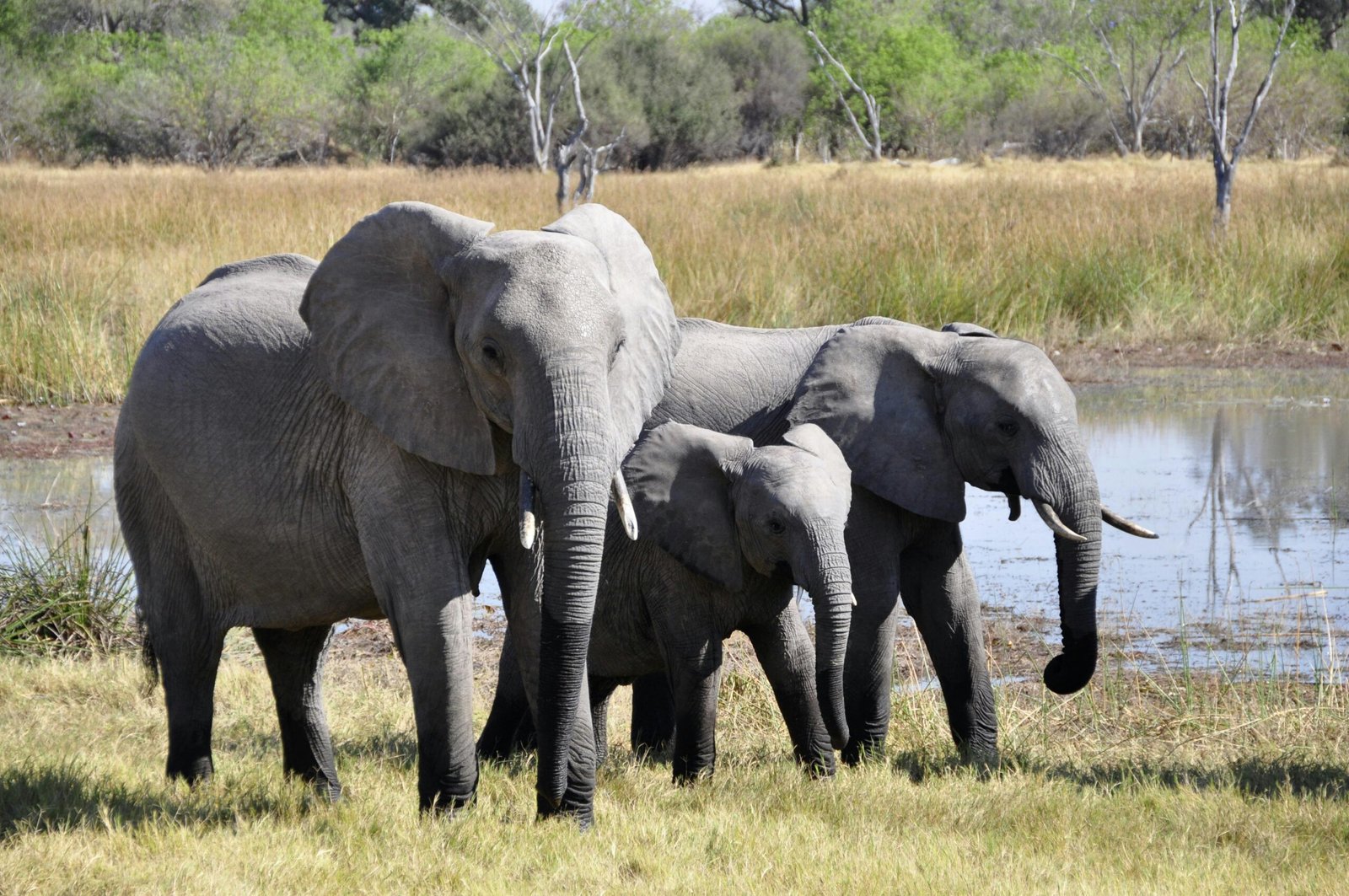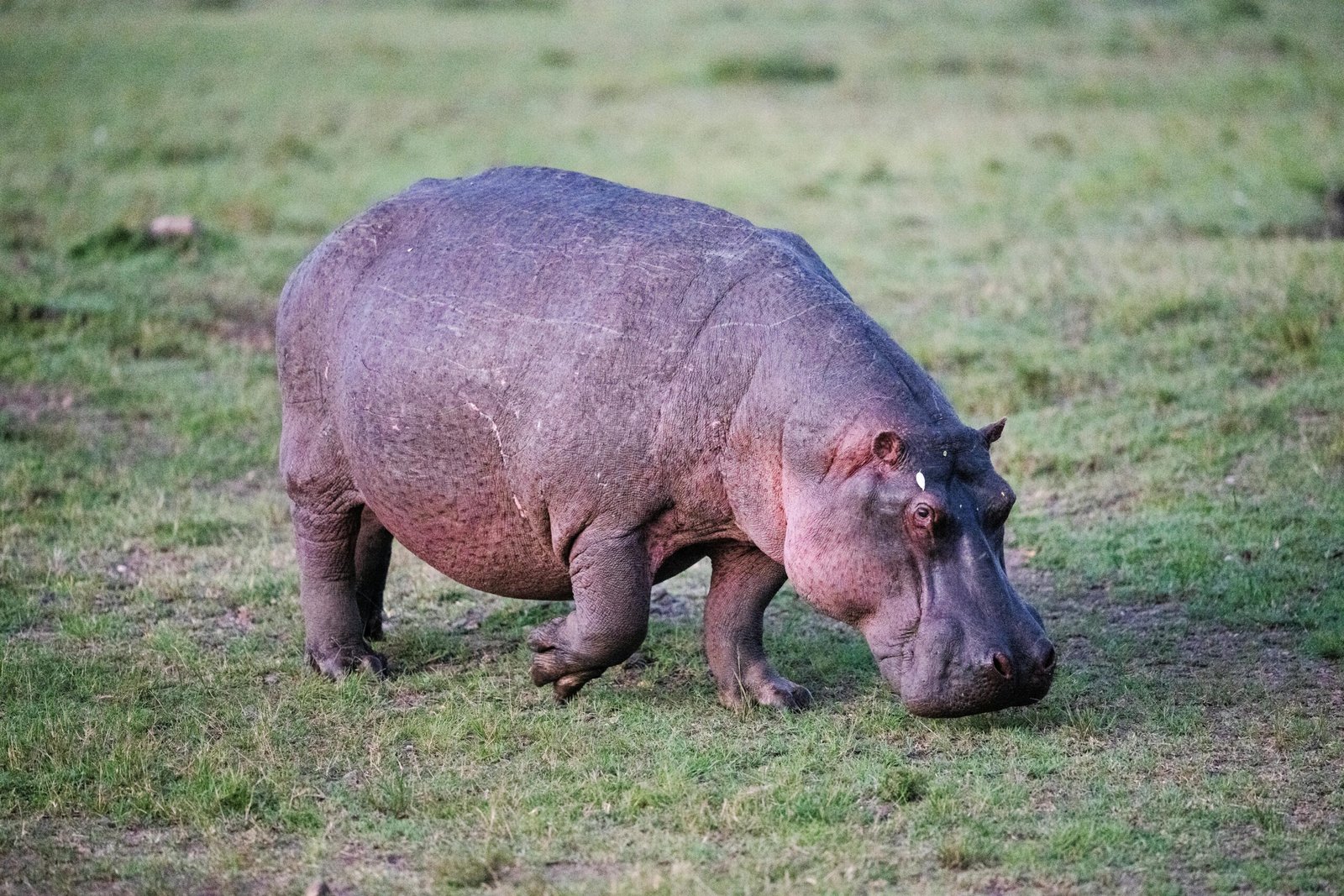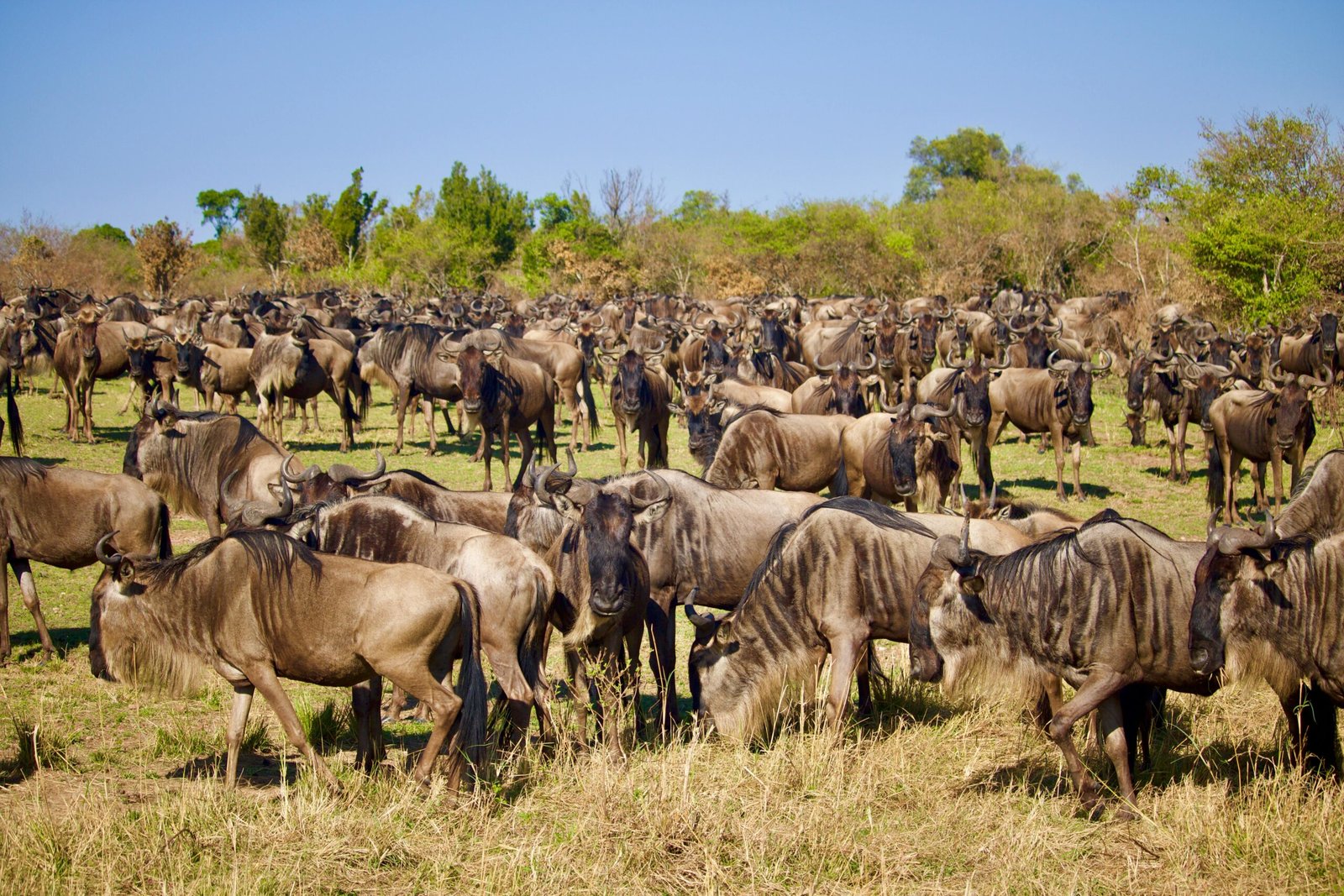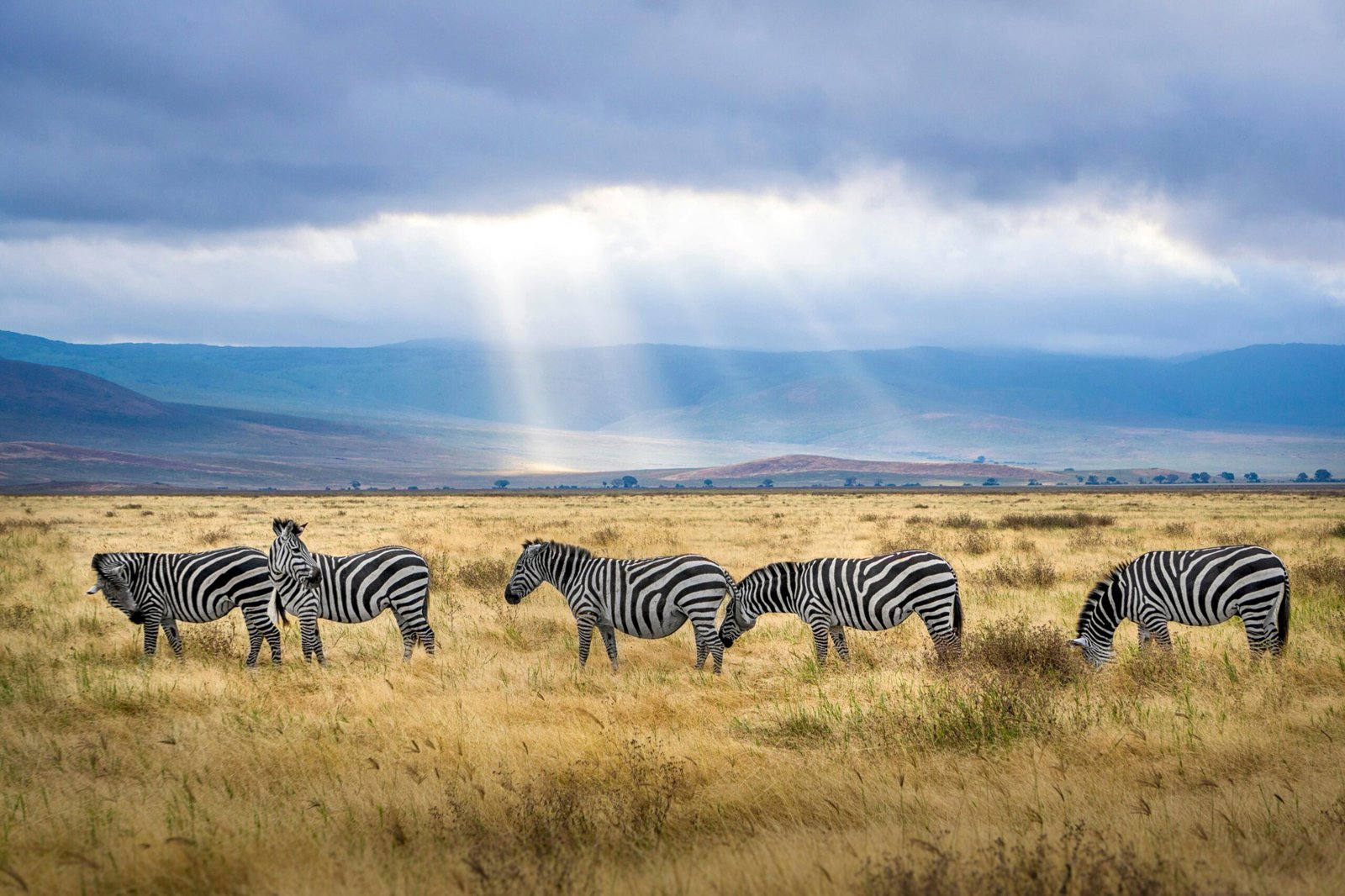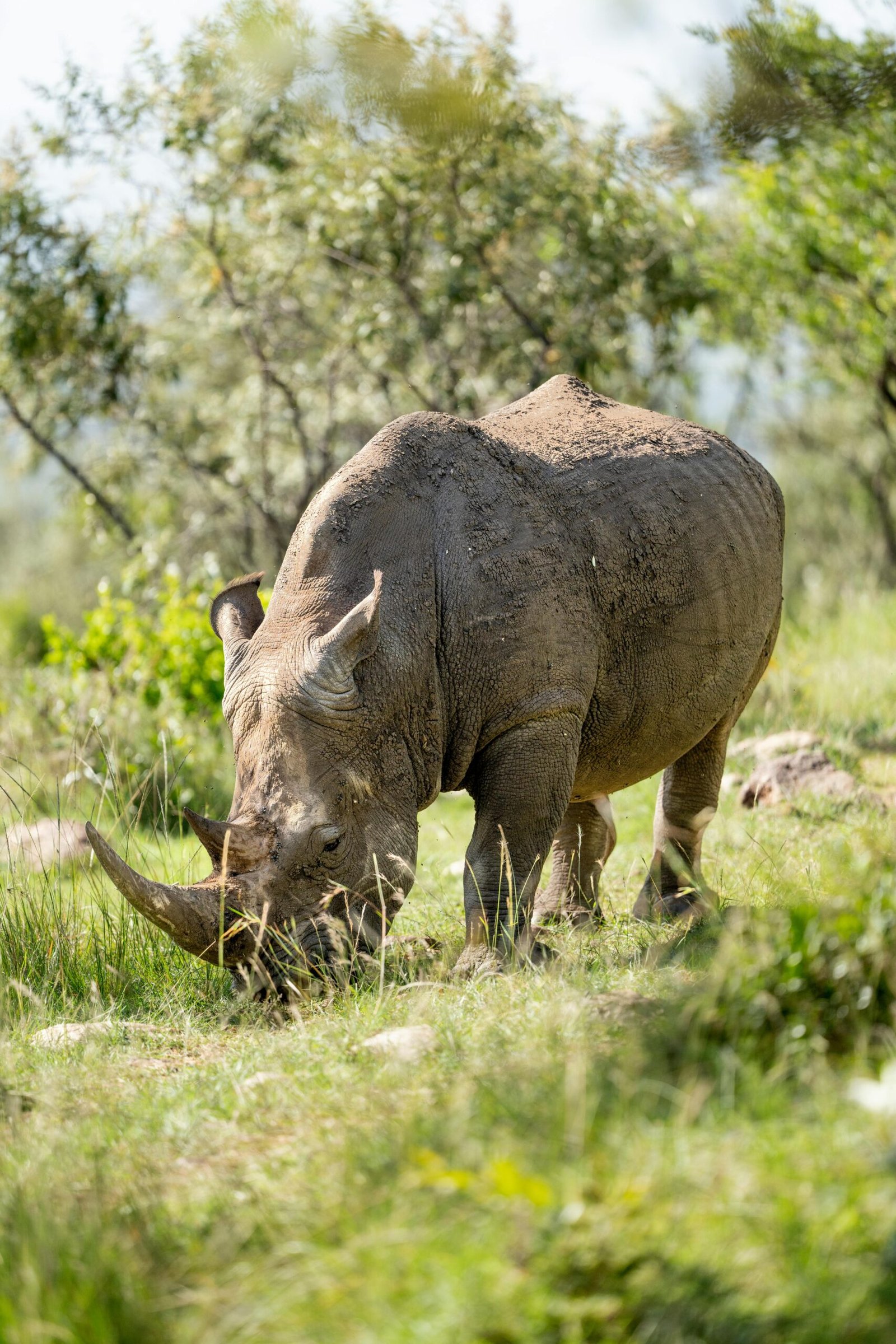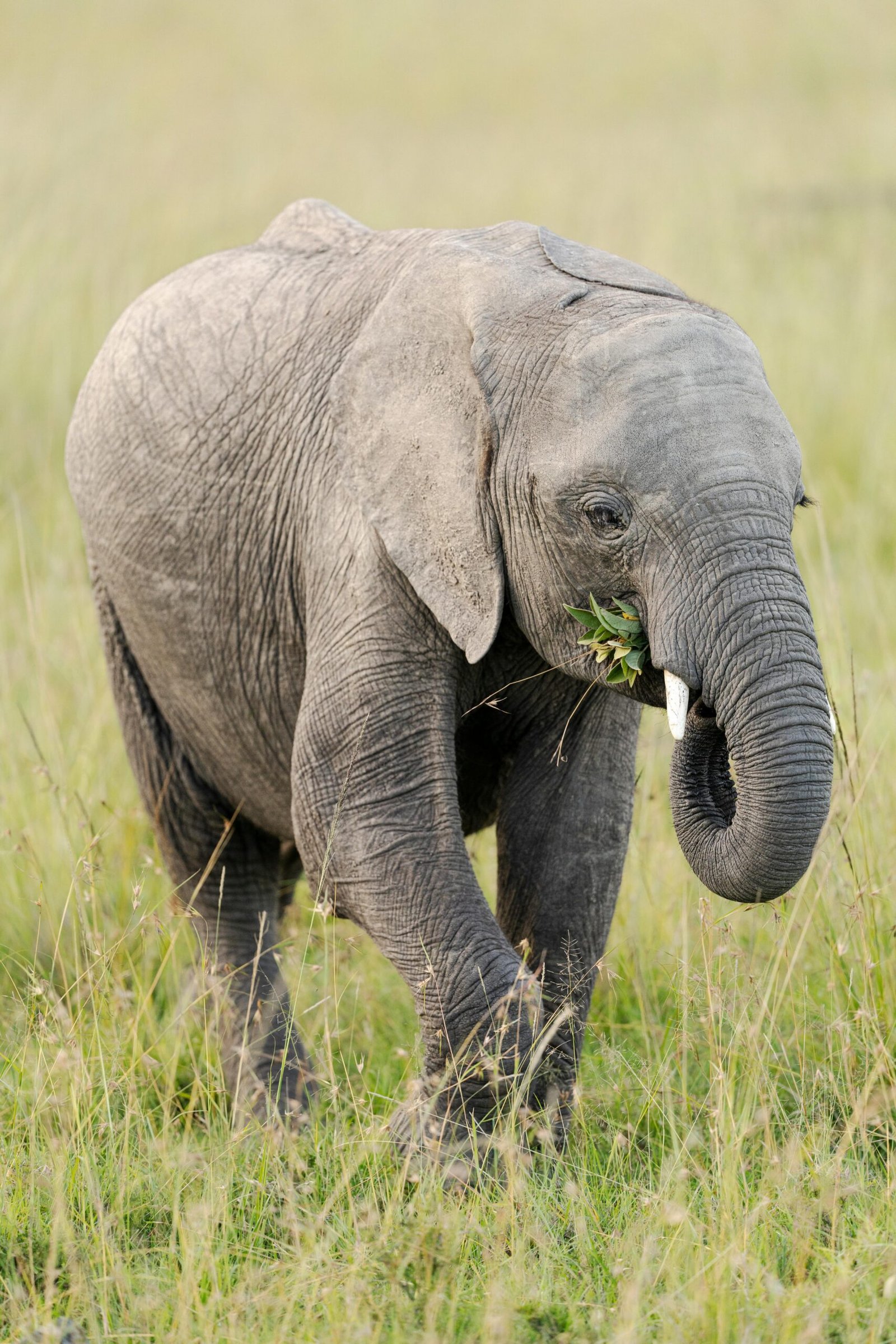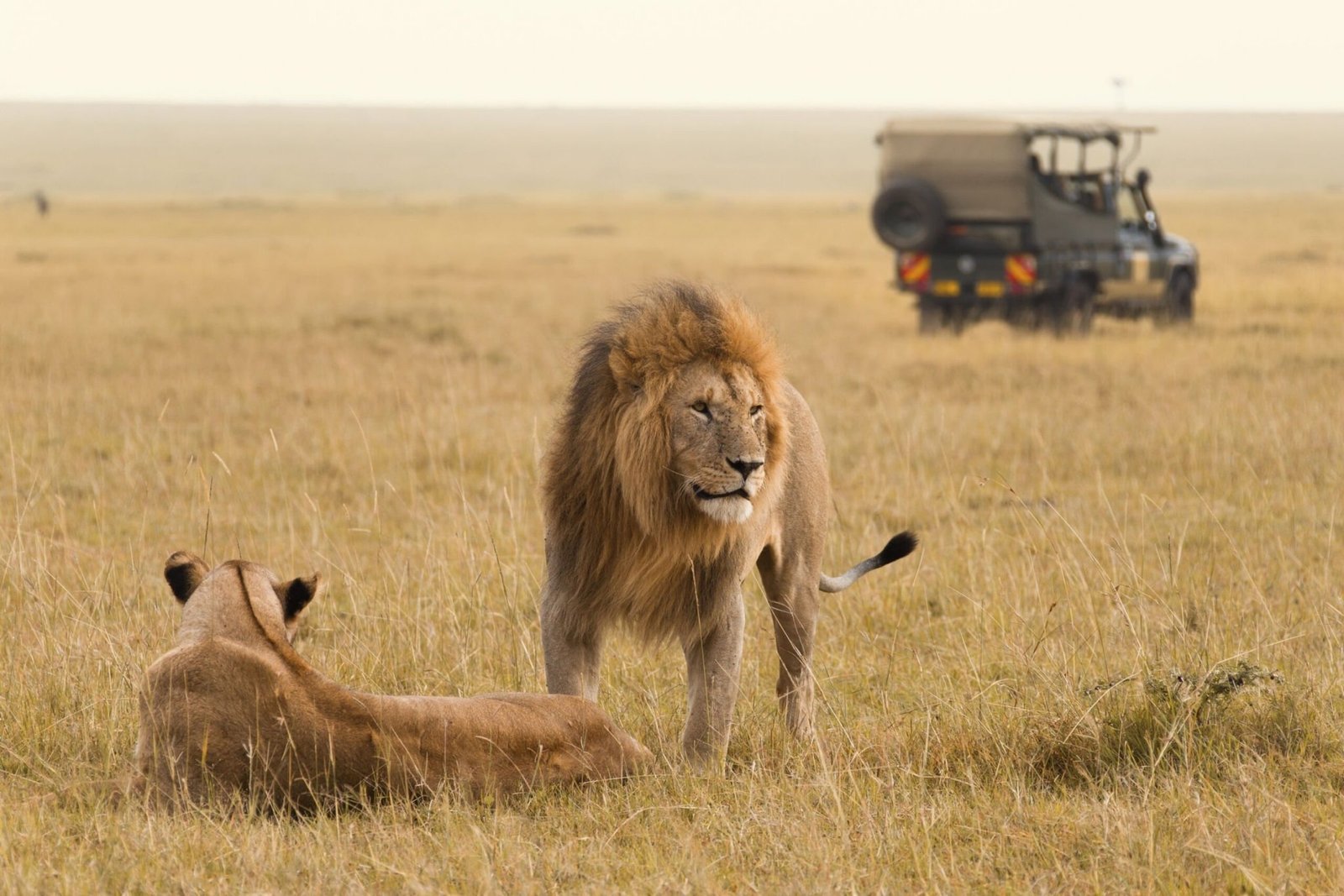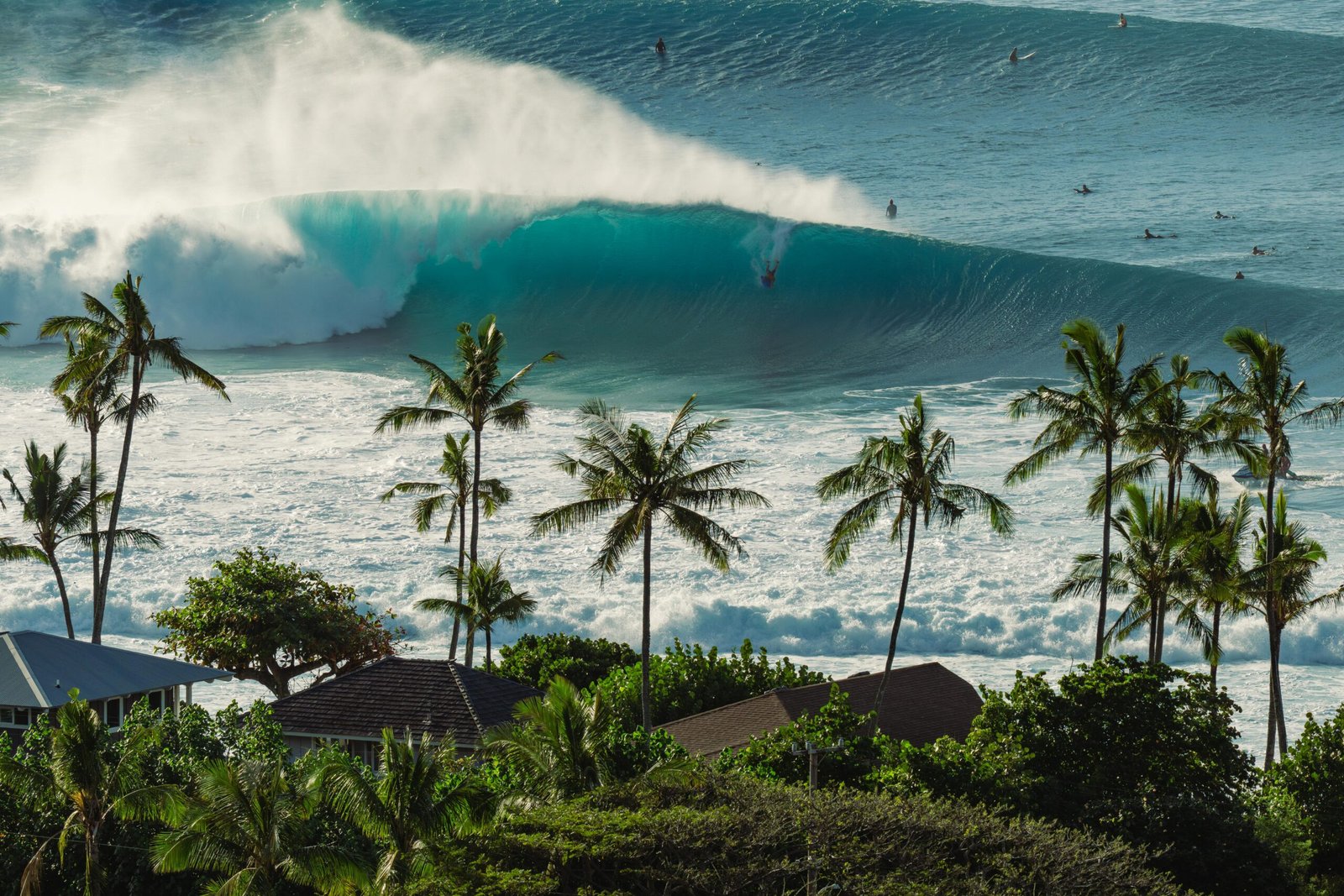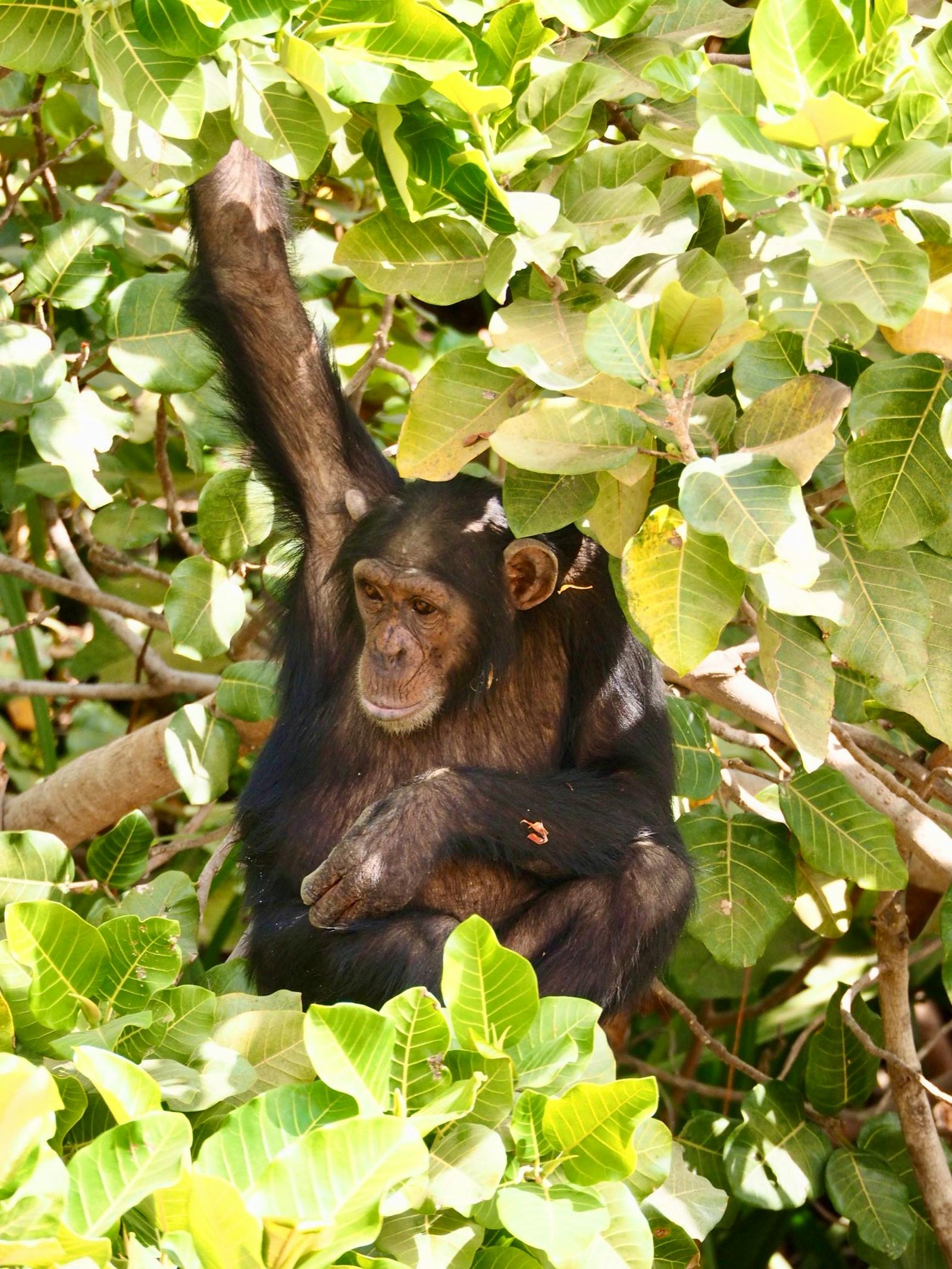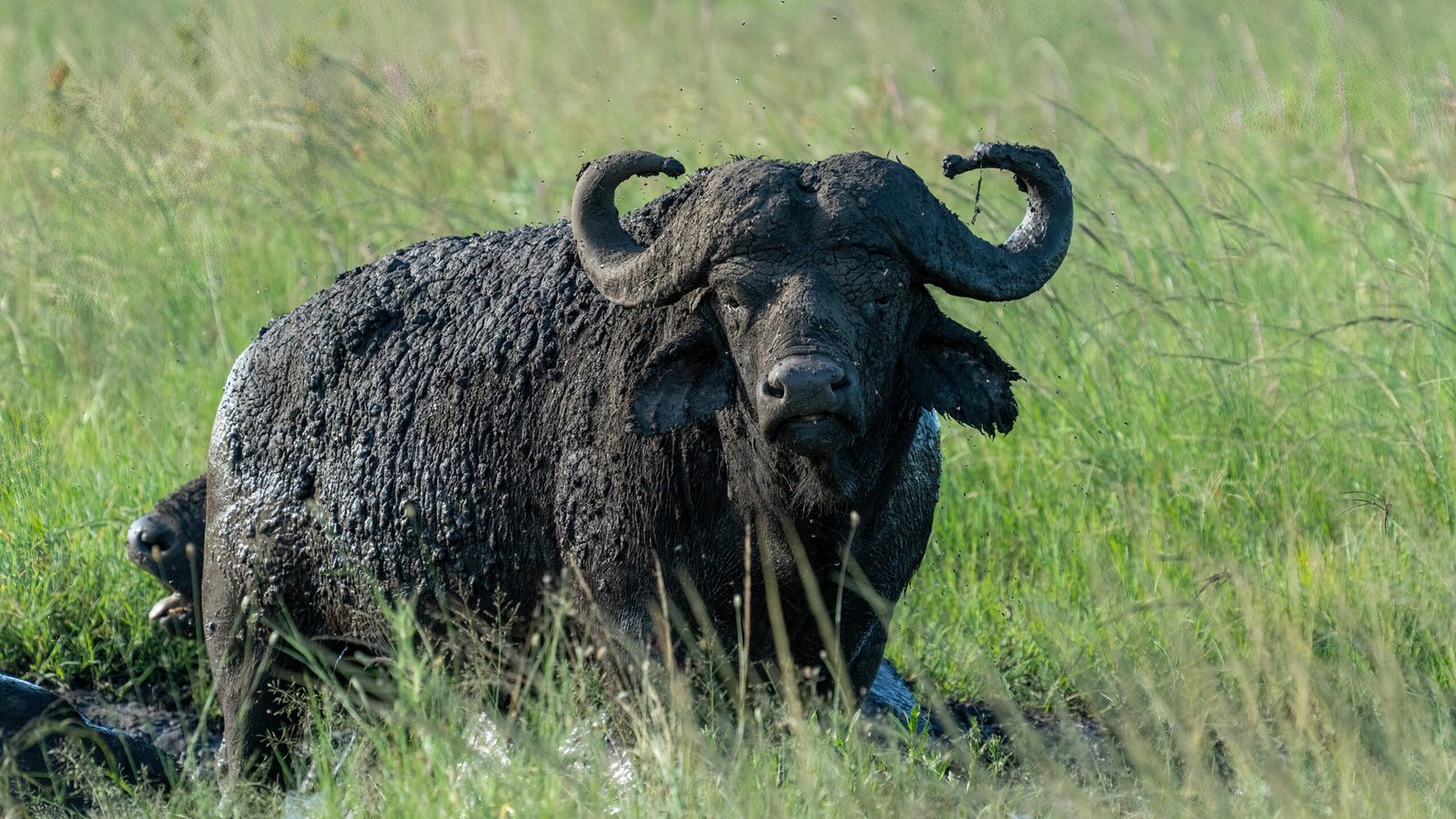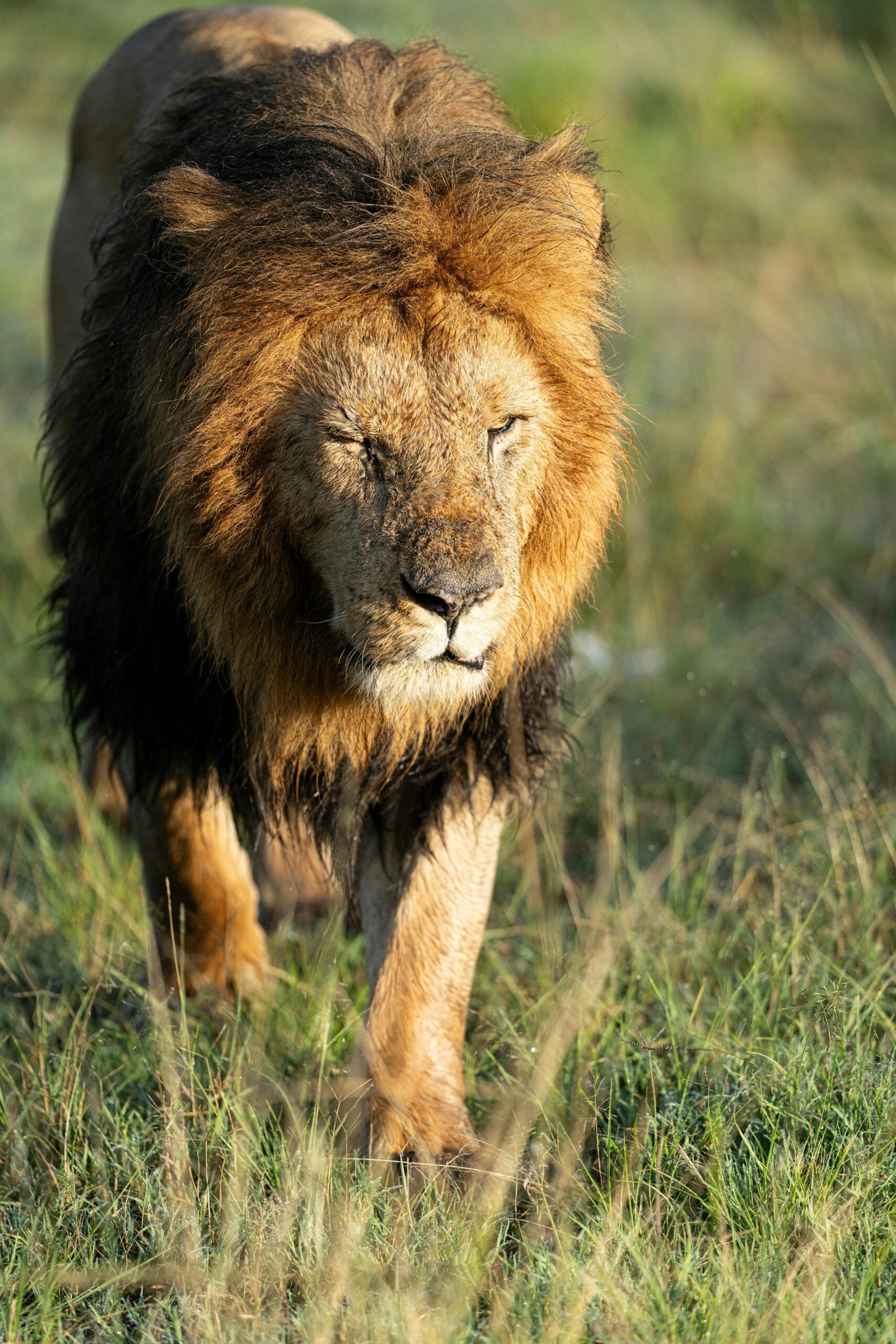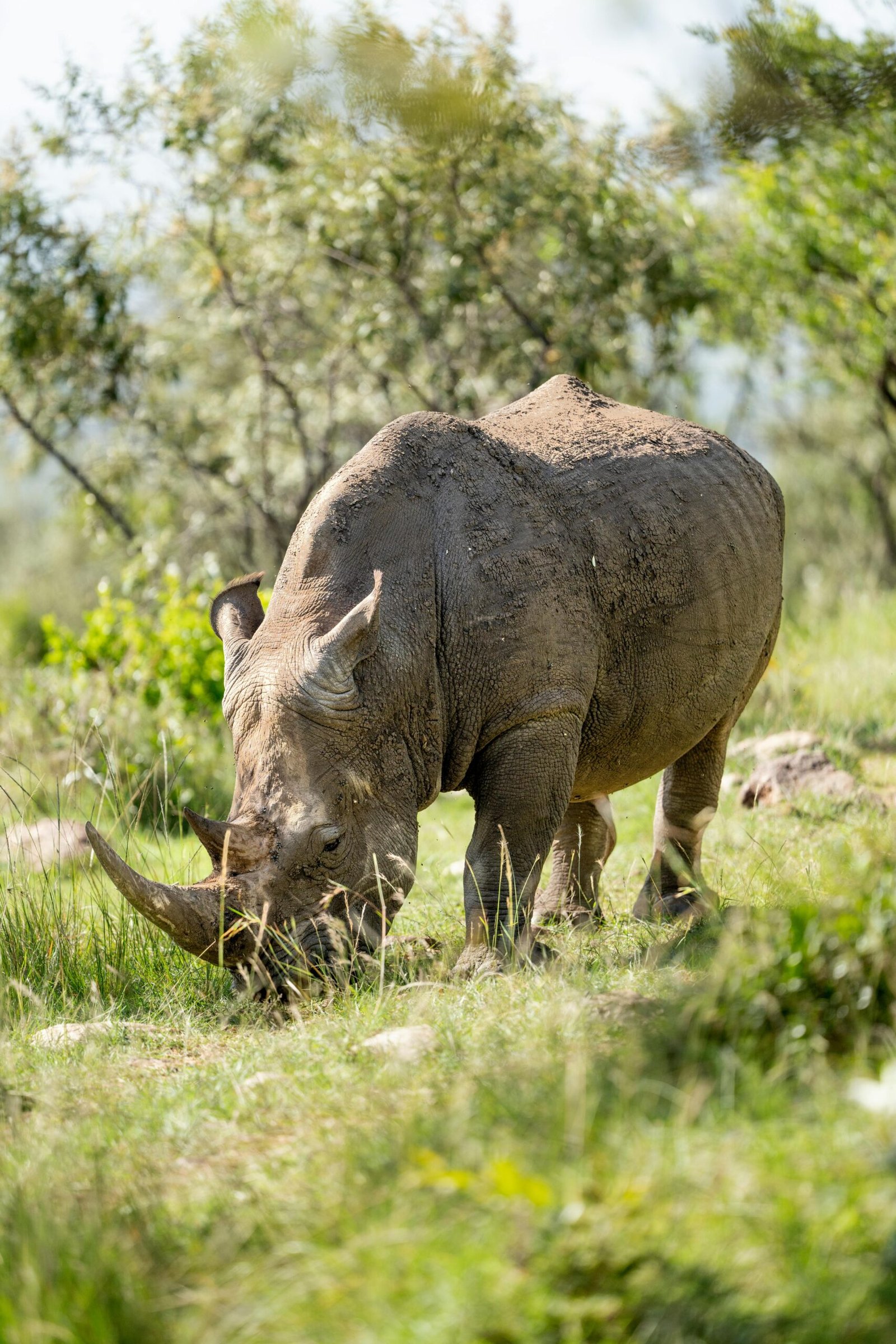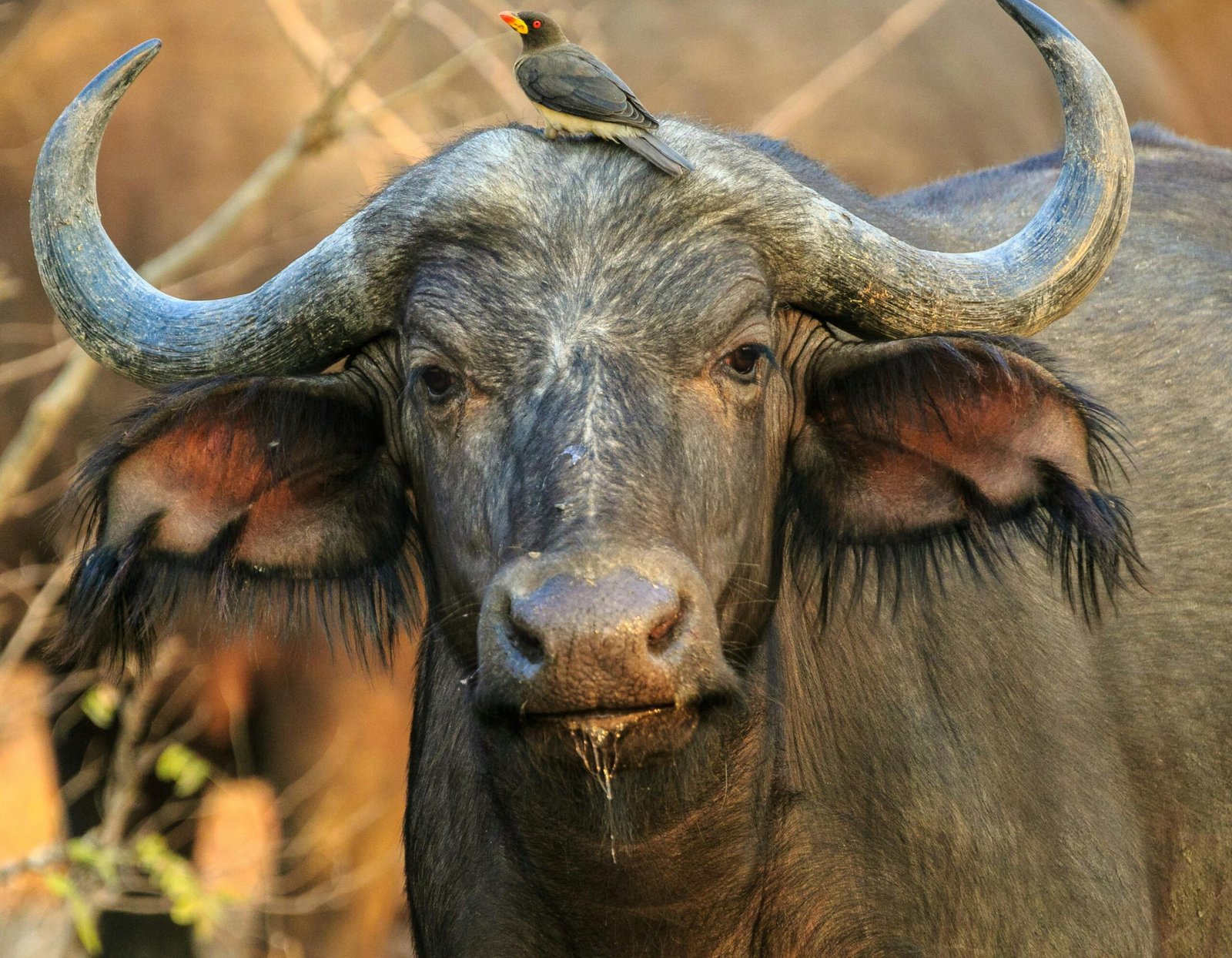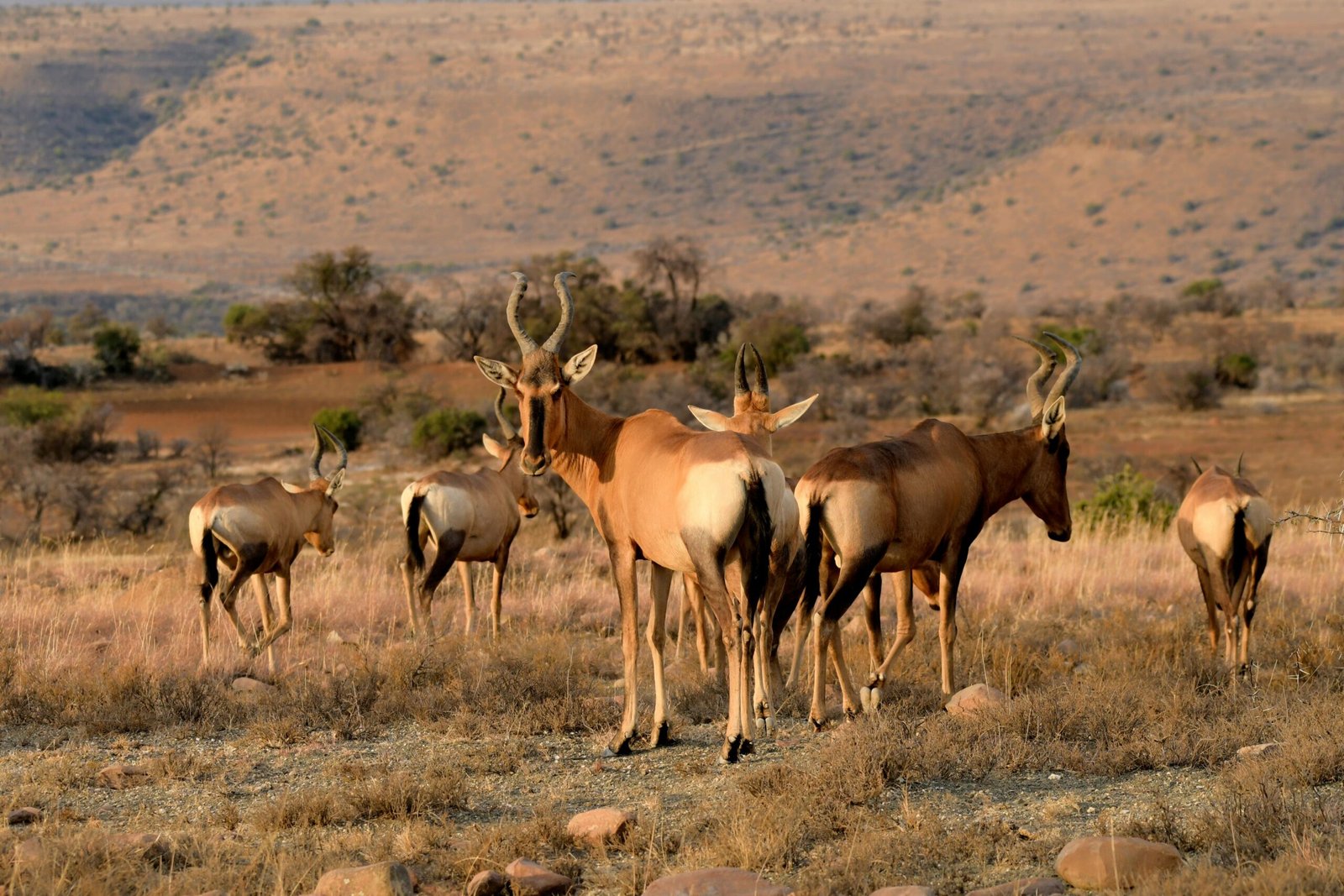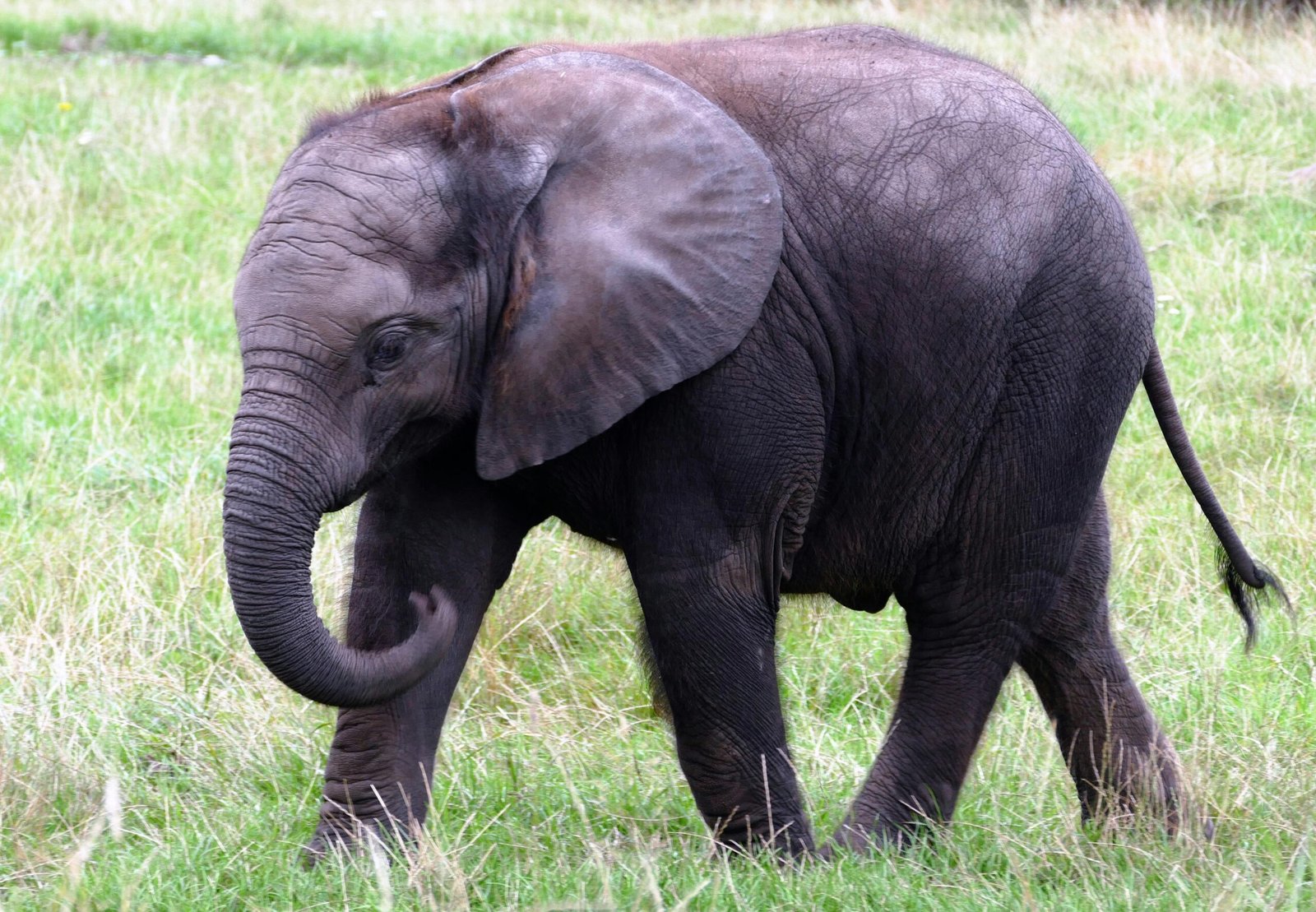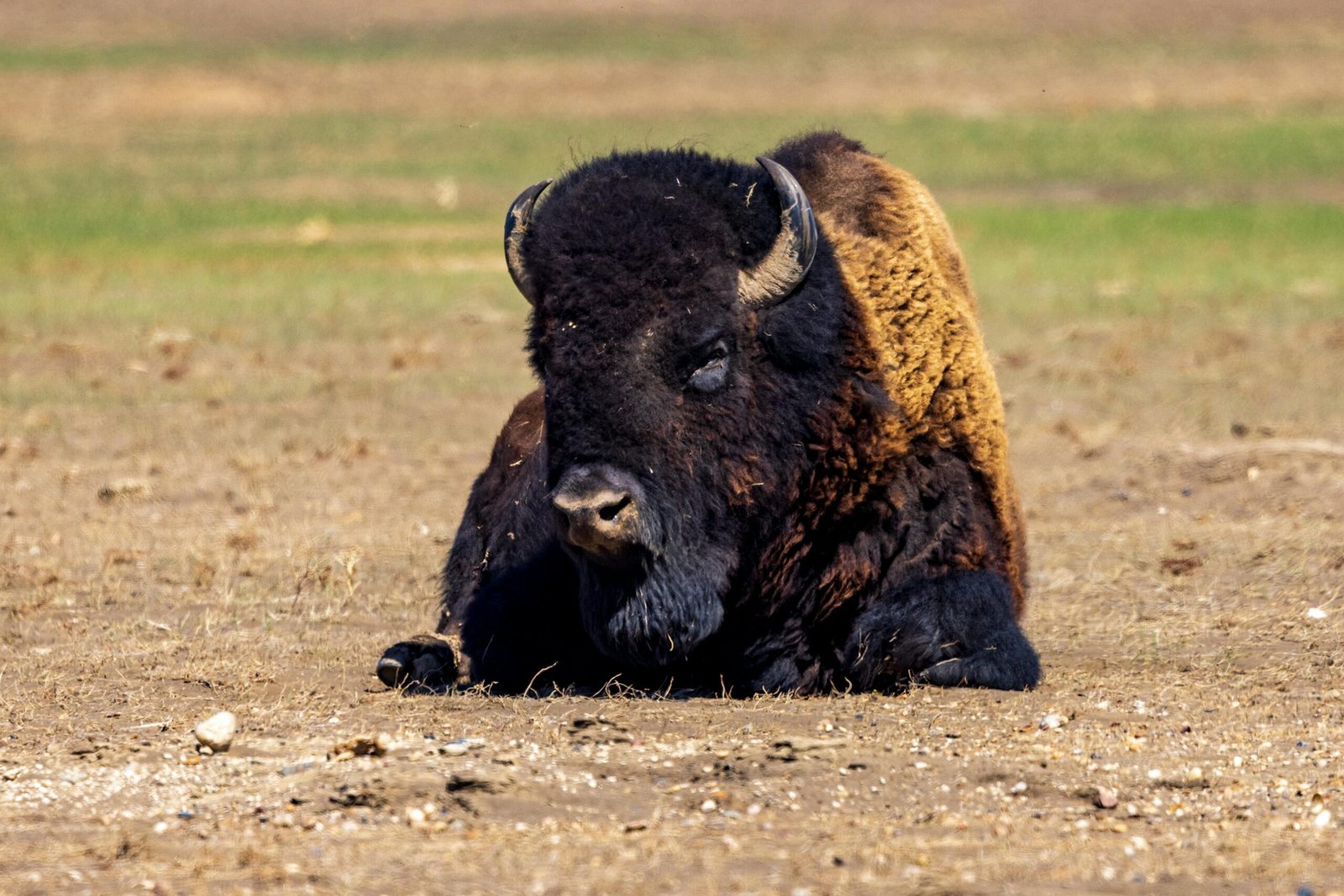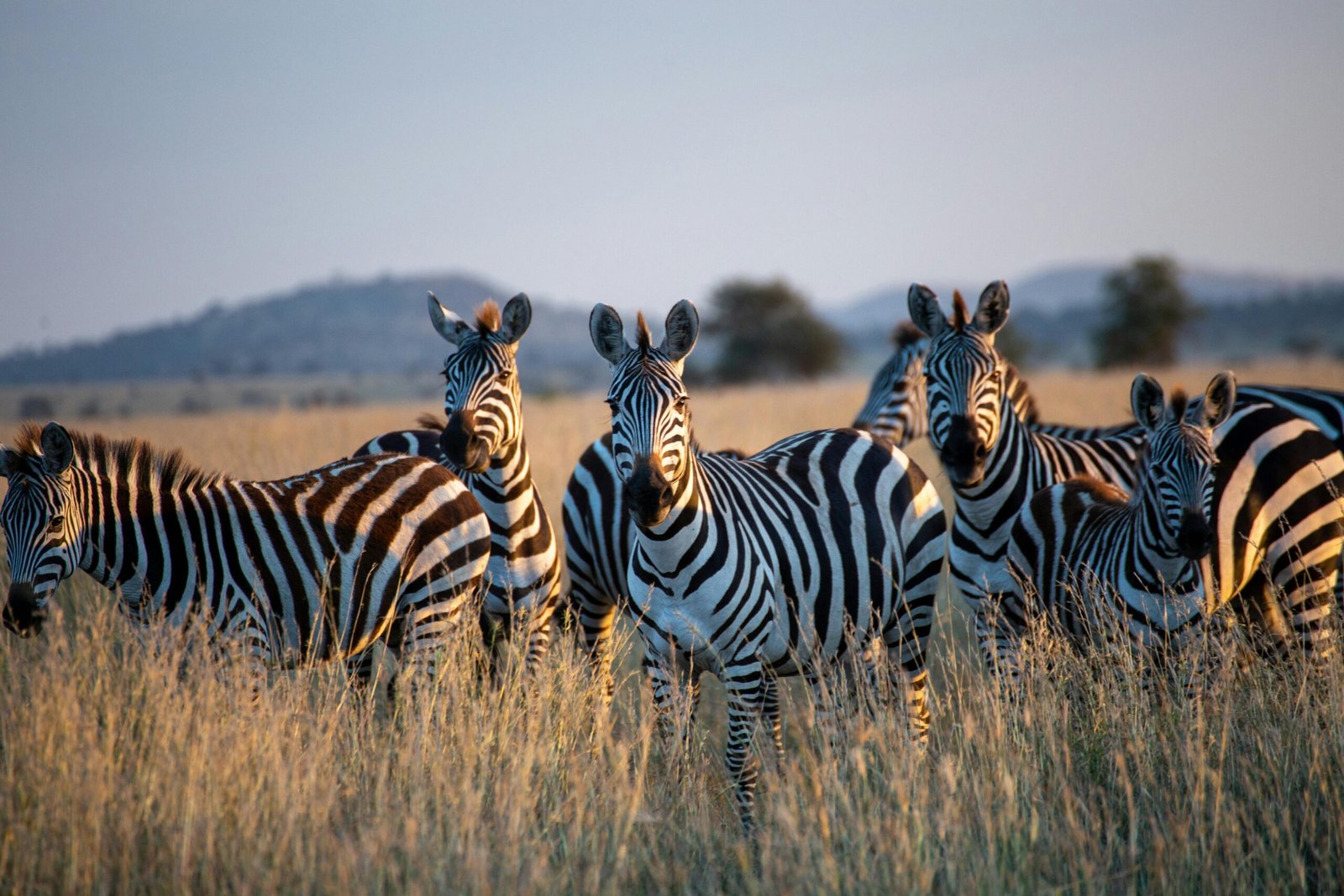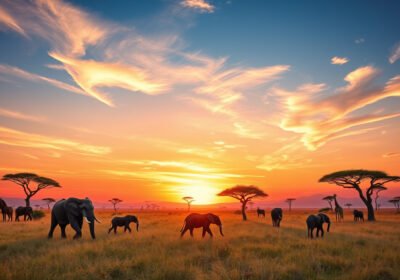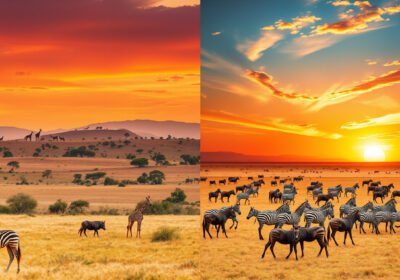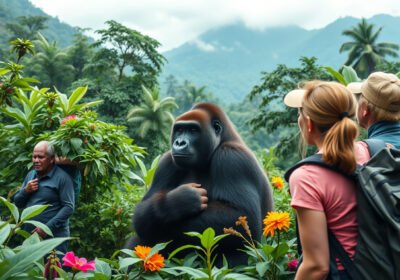Gorilla trekking is an extraordinary adventure that draws thousands of nature enthusiasts and wildlife lovers to the lush forests of East Africa. This thrilling experience allows you to observe these magnificent creatures in their natural habitats, providing a unique opportunity to connect with the wild. When it comes to gorilla trekking, two countries stand out: Uganda and Rwanda. Each offers its own unique advantages and experiences, making it essential to weigh the options. In this article, we delve into the differences and similarities of gorilla trekking in Uganda vs Rwanda, helping you determine which destination might be best for your next adventure.

Key Takeaways
- Both Uganda and Rwanda offer unique gorilla trekking experiences that attract wildlife enthusiasts.
- Uganda typically has lower trekking costs compared to Rwanda, making it a more budget-friendly option.
- The difficulty and duration of treks can vary significantly between the two countries, affecting traveler choice.
- Wildlife and scenic landscapes differ, with Uganda’s lush forests contrasting with Rwanda’s volcanic terrain.
- Cultural engagement and local experiences play a vital role in enhancing the trekking adventure in both destinations.
Introduction to Gorilla Trekking
Gorilla trekking is an exhilarating experience that draws adventure seekers and nature enthusiasts from around the globe to East Africa’s lush landscapes. When it comes to gorilla trekking, Uganda and Rwanda are the two premier destinations that offer unique experiences. Both countries are home to the critically endangered mountain gorillas, but they provide different trekking environments, regulations, and overall travel experiences. This article aims to explore the nuances of gorilla trekking in Uganda vs Rwanda – which is best for you? In Uganda, you can enjoy a more rugged, off-the-beaten-path adventure through the dense Bwindi Impenetrable Forest, while Rwanda boasts the well-maintained Volcanoes National Park, which offers a slightly easier trekking experience. Understanding these differences is key to choosing your ideal gorilla trekking destination.
Overview of Gorilla Habitats in Uganda and Rwanda
Gorilla trekking in Uganda vs Rwanda – which is best? This question often arises among wildlife enthusiasts eager to experience the awe-inspiring sight of mountain gorillas in their natural habitats. Both Uganda and Rwanda are home to significant populations of these magnificent creatures, but their habitats differ notably in terms of geography, accessibility, and the overall trekking experience. Uganda’sBwindi Impenetrable National Park offers a dense rainforest environment, known for its stunning biodiversity and immersive trekking experience that often requires navigating through thick undergrowth. In contrast, Rwanda’s Volcanoes National Park, characterized by its breathtaking volcanic scenery and well-maintained paths, provides a slightly easier trek, making it more accessible for visitors. Furthermore, the cost of permits and the range of additional activities available also play crucial roles in determining which destination might be best suited for your gorilla trekking adventure. Therefore, understanding the unique aspects of gorilla habitats in both countries can significantly influence your choice, ensuring that your trekking experience is not only memorable but also aligned with your travel preferences.
‘In every walk with nature one receives far more than he seeks.’ – John Muir

Cost Comparison: Uganda vs Rwanda
When it comes to gorilla trekking in Uganda vs Rwanda – which is best?, one of the most significant factors to consider is cost. Both countries offer unique experiences, but their pricing structures can vary greatly. In Uganda, the cost of a gorilla trekking permit is approximately $700, which allows visitors to track the critically endangered mountain gorillas in Bwindi Impenetrable National Park or Mgahinga Gorilla National Park. In contrast, Rwanda’s permits are notably higher, priced around $1,500 for a trek in Volcanoes National Park. While the financial differences may influence your decision, it’s essential to recognize that Uganda offers a more affordable overall experience, especially when coupled with the lower costs of accommodation and transportation. Furthermore, Uganda’s diverse landscapes and rich cultural experiences can enhance your gorilla trekking journey without breaking the bank. Ultimately, the choice between gorilla trekking in Uganda and Rwanda should factor in not just the cost, but the unique experiences each destination has to offer.
Trekking Experience: Difficulty and Duration
When it comes to planning an unforgettable adventure, few experiences can compare to the thrill of gorilla trekking in Uganda versus Rwanda. Both countries offer stunning landscapes and the chance to encounter mountain gorillas in their natural habitats, but the trekking experiences differ in terms of difficulty and duration. In Uganda, parks like Bwindi Impenetrable National Park present rugged terrain, with treks lasting anywhere from 2 to 8 hours depending on where the gorillas are located. The experience can be physically demanding, requiring a good level of fitness as hikers navigate steep hills and dense vegetation. On the other hand, Rwanda’s Volcanoes National Park tends to have slightly shorter trek durations, often ranging from 1 to 6 hours. However, the ascent may involve steep climbs through volcanic terrain, which can also be challenging. Both countries provide experienced guides to assist trekkers, ensuring a safe and enlightening journey. Ultimately, whether you choose gorilla trekking in Uganda or Rwanda, each offers a unique experience characterized by breathtaking views and intimate interactions with these majestic creatures.

Wildlife and Scenic Differences
When considering a once-in-a-lifetime experience like gorilla trekking, it’s essential to weigh the wildlife and scenic differences between Uganda and Rwanda. Gorilla trekking in Uganda vs Rwanda – which is best? This question often arises amongst adventure seekers eager to encounter the majestic mountain gorillas in their natural habitat. Uganda boasts the stunning Bwindi Impenetrable National Park, known for its remarkable biodiversity and steep, lush landscapes that create a unique trekking experience. In contrast, Rwanda offers the iconic Volcanoes National Park, where visitors are enveloped by the dramatic backdrop of volcanic mountains, providing a striking visual appeal. While both destinations provide opportunities to view these incredible primates, the experience may vary significantly based on the terrain, accessibility, and the overall ambiance. Furthermore, Uganda’s more extensive gorilla population spread across its parks offers a higher chance of sightings, whereas Rwanda promotes a more controlled and luxurious trekking experience, catering to travelers seeking comfort alongside adventure. Ultimately, whether you choose gorilla trekking in Uganda or Rwanda, you’re bound to create cherished memories amidst these spectacular landscapes.
Cultural Considerations and Local Engagement
When planning a trip for gorilla trekking in Uganda vs Rwanda – which is best?, it’s crucial to consider cultural nuances and the level of local engagement offered in each destination. Uganda, known for its rich cultural diversity, allows travelers to immerse themselves in the lives of local communities, providing opportunities to interact with the Bakiga and Batwa people. Here, you can experience their vibrant music, dance, and handmade crafts, ensuring a more holistic adventure. On the other hand, Rwanda, touted for its cleanliness and orderliness, offers a well-structured tourism approach that includes community tours and storytelling sessions. Both destinations provide unique experiences; Uganda’s cultural depth contrasts with Rwanda’s polished tourism infrastructure. Ultimately, the choice of destination may depend on whether you seek a deeper local connection or prefer a more streamlined, modern trekking experience.

Conclusion: Which Destination to Choose?
When considering a once-in-a-lifetime adventure into the wild, you may find yourself torn between two premier destinations for gorilla trekking: Uganda and Rwanda. Each country offers unique landscapes, diverse wildlife, and distinct trekking experiences that cater to different preferences. Uganda, renowned for its expansive Bwindi Impenetrable Forest and its more extensive gorilla population, provides a rugged and immersive experience with diverse ecosystems. On the other hand, Rwanda, celebrated for its efficient trekking system and lush Volcanoes National Park, offers shorter treks and a more accessible experience for quick visits. Ultimately, whether you choose gorilla trekking in Uganda vs Rwanda – which is best? – depends on what you value most in your journey. If you seek an authentic, adventurous trek with a chance to explore the raw beauty of nature, Uganda may be your preferred destination. Conversely, if convenience, comfort, and streamlined permits are your priorities, Rwanda could be the better choice. Consider your personal travel style, budget, and time constraints to ensure you make the most of this incredible wildlife encounter.
Frequently Asked Questions
What is gorilla trekking?
Gorilla trekking is an eco-tourism activity where visitors hike through tropical forests to observe mountain gorillas in their natural habitat. It typically involves a guided trek, and the experience allows guests to spend time observing and interacting with these magnificent creatures.
How does the gorilla habitat differ between Uganda and Rwanda?
Uganda’s gorilla habitats include Bwindi Impenetrable National Park and Mgahinga Gorilla National Park, characterized by dense forests and steep terrain. In contrast, Rwanda’s Volcanoes National Park features volcanic mountain ranges which are slightly easier to navigate, but have dense vegetation, too. Each location offers a unique environment for viewing the gorillas.
What is the cost difference for gorilla trekking permits in Uganda and Rwanda?
As of now, gorilla trekking permits in Rwanda are generally more expensive, costing around $1500 per person compared to Uganda’s permits, which are approximately $700. However, additional costs such as accommodation, transport, and guide fees should also be factored into your overall budget.
How difficult is the trekking experience in Uganda compared to Rwanda?
The trekking experience can vary greatly in difficulty depending on the specific location and the gorilla family being tracked. Uganda is known for its more challenging terrains, often requiring rigorous hikes, whereas Rwanda tends to have slightly easier trails, though some treks can still be steep and strenuous.
What cultural experiences can I expect while gorilla trekking in Uganda and Rwanda?
Both countries offer rich cultural experiences in addition to gorilla trekking. In Uganda, visitors can engage with local communities through village tours, dance performances, and craft shops. Rwanda also offers cultural experiences, such as visiting the Iby’iwacu Cultural Village, where you can learn about traditional Rwandan life and customs.

